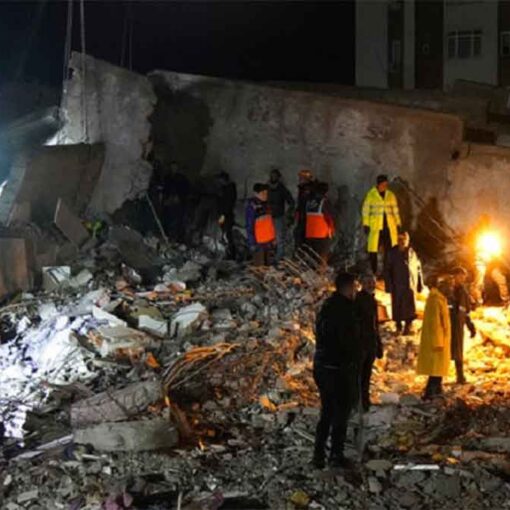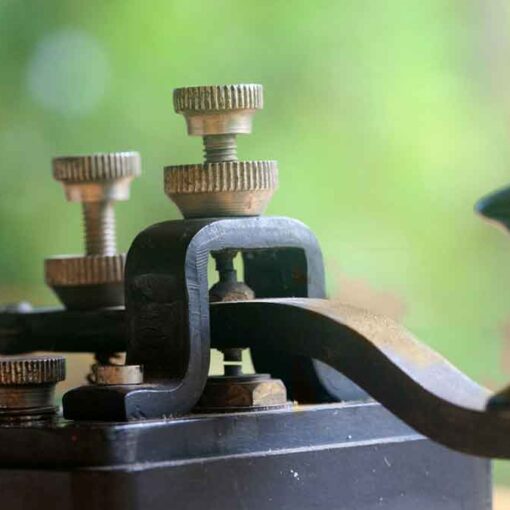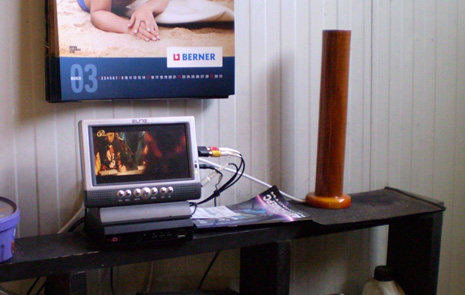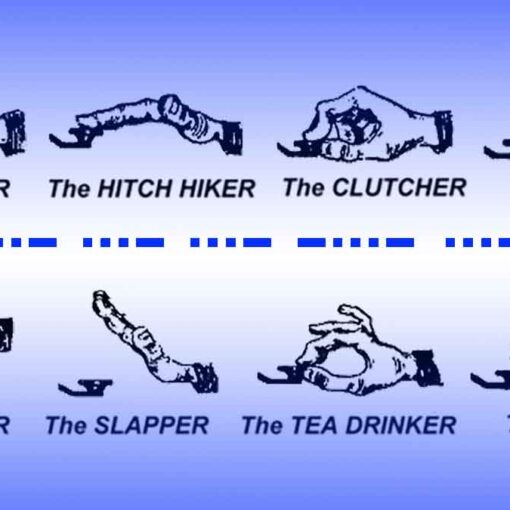
“QRZ” stands for “Who’s Calling Me?”, no more, no less.
The classic use of “QRZ” is after CQ when you have failed to receive the initial(s) of the station(s) calling you.
It doesn’t mean “Who’s here?”, nor does it mean “Who’s on the frequency?”, much less “Call me please”.
If someone settles on an apparently clean frequency and wants to check that it is not in use, they should do so with “QRZ?”! Just asking if the frequency is in use. If you have been listening to a station that has not been identified for a certain amount of time and want to know its call sign, you should ask “Your initial, please” or “Please identify yourself”. Strictly speaking, you should also add your initial to these lines, as it is also necessary to identify yourself.
“QRZ” certainly doesn’t mean “Call me please”. More and more we hear CQ calls ending with the word “QRZ”. This is nonsense. How can someone call you when you are the one calling with the CQ? He can only answer…
Another incorrect use of “QRZ”: Calling CQ in a contest. A station tunes in to your frequency and picks up on the end of your CQ, but misses your call sign. We often hear stations in such circumstances saying “QRZ”. Totally wrong. No one has called this station. What the station has to do is wait for your next CQ to find out your initial! The same remark applies to the CW, of course.
Another similar and quite funny but incorrect expression is: “QRZ, is this frequency used?” (should be “Is this frequency in use?”).
During a pailup (see below) we often hear a DX station say “QRZ”, but not because it missed an initial, but to let the pailup know that it is listening again. Such use of “QRZ” is not very correct.
Example:
CQ ZK1DX (ZK1DX calls CQ).
ON4YYY 59 for you (ON4YYY called ZK1DX, he answers and gives him a report).
QSL QRZ ZK1DX (ZK1DX confirms report received from ON4YYY). “QSL” and adds “QRZ”, which in this case means listen again for the stations that called me, not who’s calling me?, which is the real meaning of “QRZ”.).
Although it is arguable whether he has heard other stations before and hence his “QRZ”, using “QRZ” followed by “ZK1DX” is by no means the most efficient procedure.
Sometimes we even hear what is totally wrong:
QSL QRZ (in this case ZK1DX is not identified at all. The pile wants to know which DX station it is.).
The correct and much more effective procedure is:
QSL ZK1DX (ZK1DX confirms that he has received the report, saying “QSL”. This is followed by his initial, which is a sign for the paylap to call him.).
On CW, always transmit QRZ followed by a question mark “QRZ?” as should be done with all Q-codes when used as a question. The question can completely change the meaning of the code.
Typical usage: after CQ F9ZZZ is unable to accept the initial of any of its callers. Then he broadcasts, “QRZ? F9ZZZ”.
If you managed to receive part of the initial (ON4…) and other stations are also calling you, do not transmit “QRZ”, but “ON4 AGN (again) K” or “ON4 AGN KN”. Here “KN” clearly indicates that your question is addressed to ON4 station. Note that in this case “K” or “KN” is used, but not “AR”, because you are not addressing a specific station, but a station in general – an ON4 station whose suffix is missing. Do not transmit “QRZ” in this case because all stations will start calling you again.
“QRZ” doesn’t mean “Who’s here?” or “Who’s on the frequency?”. Imagine someone comes onto a busy frequency and starts listening. After some time, during which no one identifies himself, he decides to establish the initials. The correct way to do this is by passing “CALL?” or “UR CALL?” (or “CL?”, “UR CL?”). Using “QRZ” here is incorrect. Remember that when asking “CALL?” you should generally transmit your initial, otherwise you are making a transmission without identification, which is illegal.
If you get this code frequently:
- Check your transmission quality.
- Have you set up your transmitter correctly?
- Have you set the microphone gain too high?
- Is the speech processor level too high? The ambient noise level should be at least 25 dB below the peaks of your voice. This means that when you are not talking, the output level of the transmitter should be approximately 300 times lower than the peaks when you are talking.
- Ask a radio amateur neighbor to check your broadcast for unwanted side emissions.
- The best system for constant monitoring is to have an oscilloscope, with which to monitor the output signal.



